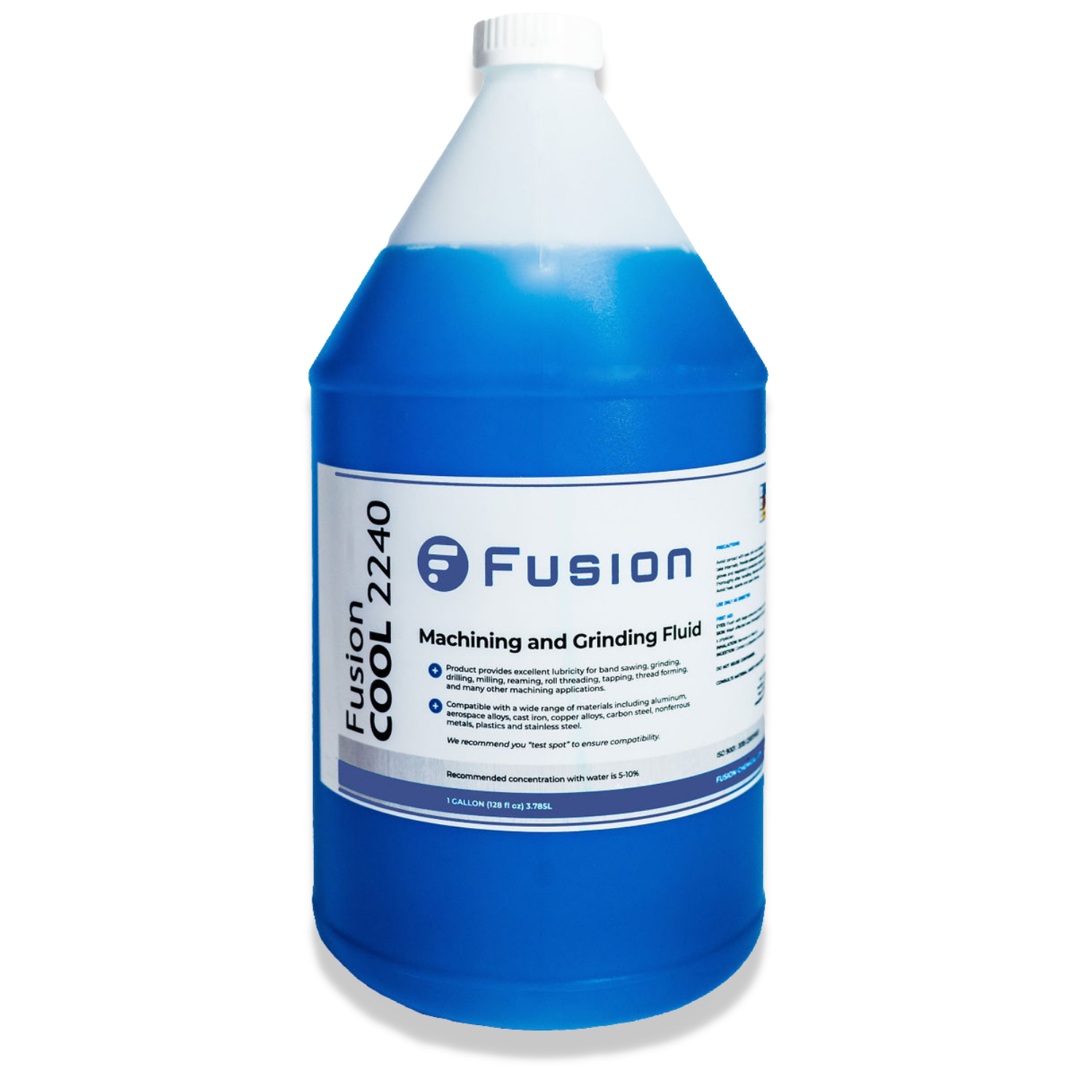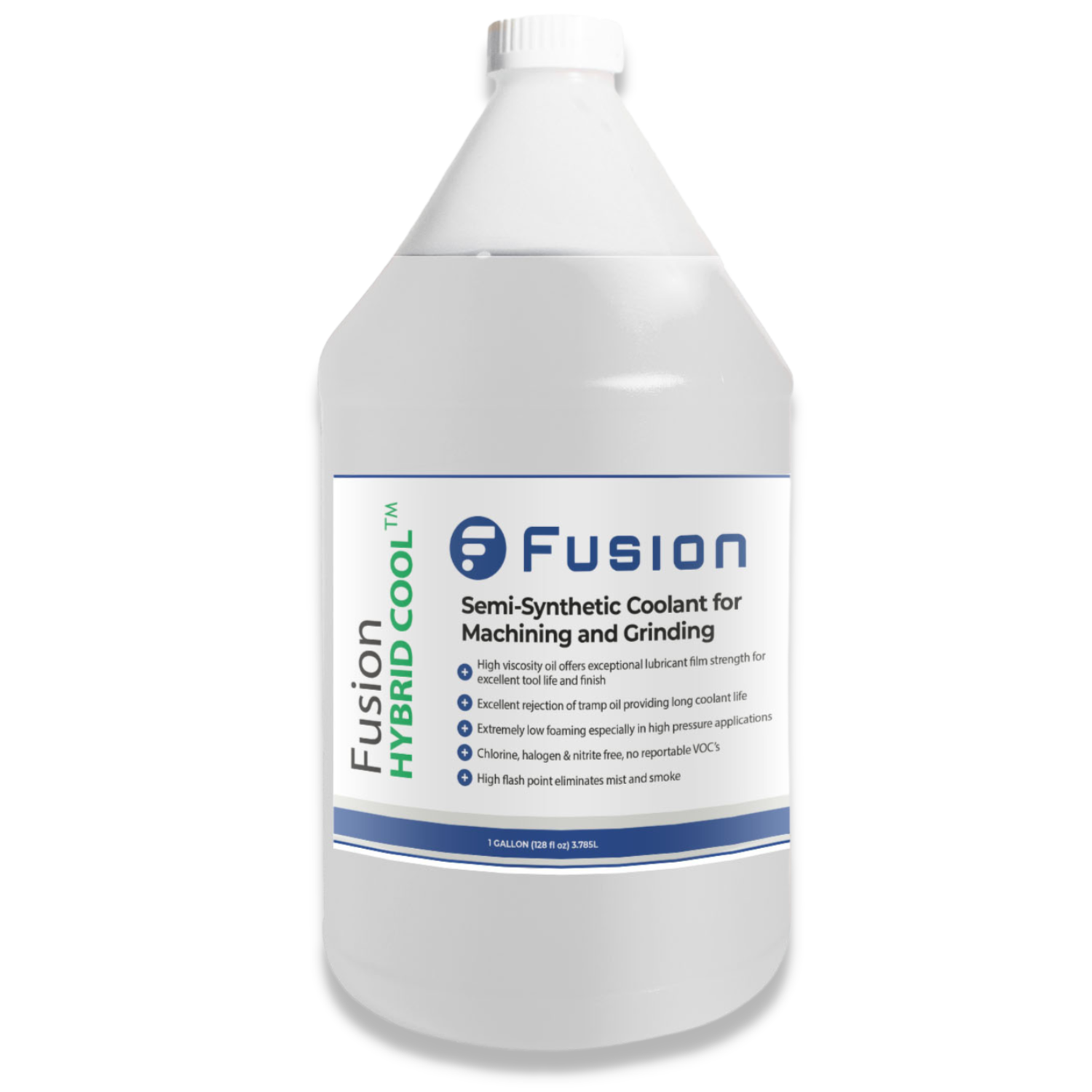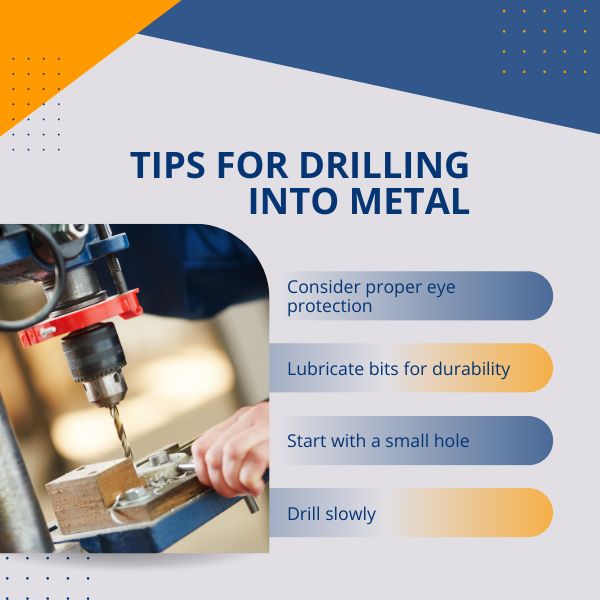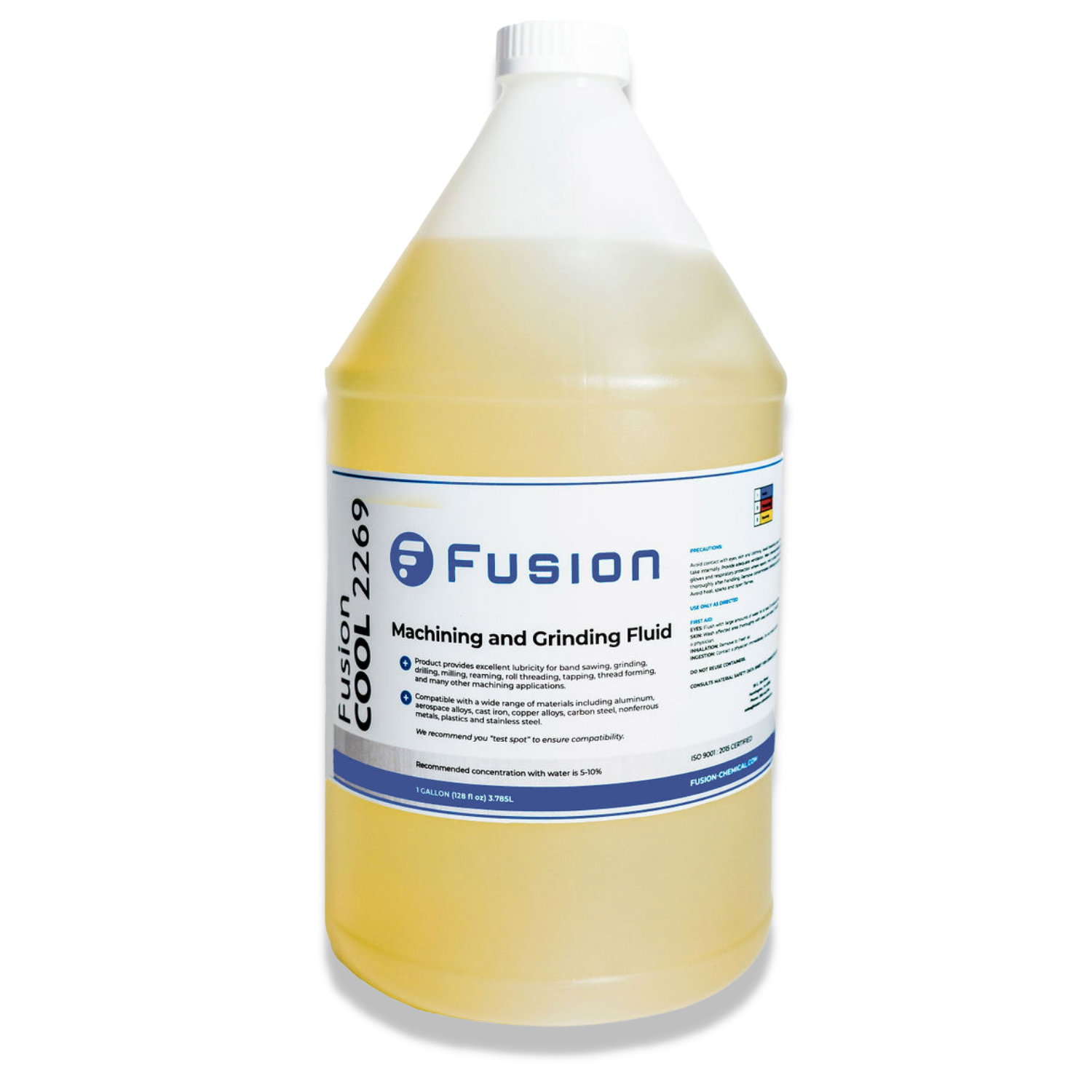When you’re using powerful tools to cut through metal, there’s nothing more important than choosing the right cutting oil to protect your drill bit from overheating and seizing up on you when you need it most. If your drill bit stops working, your work will slow down dramatically or possibly even stop altogether. Therefore, confirming that you have the right cutting oil will protect you against this frustration and ensure you get the most out of your drill bits and other metal-cutting tools.
Why Should You Use Cutting Oil for Drilling Metal?
Drilling metal requires the use of cutting oil for two primary reasons:
-
Lubrication
Cutting oil reduces friction between the drill bit and the material it is drilling into. The reduced friction results in less heat build-up, which prolongs the life of both your drill bits and the metal and/or material being drilled. It also means that you have more control over your drilling process with less pressure needed to create a hole. When drilling without cutting oil, you need more force to drill into the surface as there’s no lubricant on the tooling, so any cracks or defects can cause an undesired outcome. Cutting oils help to eliminate these problems because they are designed to do just that.
-
Rust protection
Many metal materials are sensitive to water, so using oil helps to prevent rust from forming on them. The oil works by displacing any moisture that may be present in your drilling area before it has time to come into contact with your metals. If moisture does come into contact with the metal during or after drilling, simply apply some cutting oil to the surface and wipe it off. This will remove the oxidized layer of corrosion, leaving the metal looking like new again.
Which Metals Should Be Used with Cutting Oil?

-
Steel and Stainless Steel
Steel is normally alloyed using carbon; in contrast, stainless steel contains chromium as the main alloying element. The difference in these two alloys has a significant impact on the choice of cutting fluids to use during drilling. In general, low-alloy steels tend to be harder than high-alloy steels and often need more cooling due to the higher temperature generated during the drilling process. High-alloy steels usually do not need any additional cooling because they cool quickly after drilling. If you drill holes through both steel and stainless steel with standard drill bits, it is recommended that you use cutting oil or an appropriate liquid lubricant because the two metals react differently to heat.
-
Cast Iron
Cast iron is very brittle and is harder to drill than steel because of its high carbon content. Cast iron often breaks before drilling into it. To ensure a smooth cutting operation with minimal breakage, you need to use a lubricant, like cutting oil, during your drilling operation. The cutting oil acts as a coolant by lowering friction between drilled materials, thus minimizing the chances of breakage.
-
Aluminum
Aluminum is a perfect conductor of heat. Therefore you must use it with lubricants to prevent melting while drilling. Some workpieces made of an aluminum alloy may require both coolant and lubricant at different stages in their life cycles to ensure complete processing without problems. Aluminum alloys can be divided into four categories: heat-treatable alloys, precipitation-hardening alloys, high-strength low-alloy (HSLA) materials, and wrought products. Therefore, knowing what type of metal you’re drilling will help determine the right cutting oil to use.
-
Copper and Brass
Copper and brass are two very similar metals with different properties. The biggest difference between them is that copper is a better conductor of heat than brass. This means that when you’re drilling into these materials, you should use coolants to prevent overheating. Both metals have low-tensile strength but high ductility. Brass has a higher resistance to corrosion, but lower tensile strength compared to copper, as well as a lower melting point. It also has a higher level of crystallization at room temperature than copper does. Cutting oil is one of the common ways to reduce wear and tear when drilling into either material.
How to Choose the Right Machining Oil for Drilling Metal

- Semi-synthetic
- Boundary Lubricant
- Medium Duty Severity
- Machining & Grinding Operations

- Hybrid/ Semi-synthetic
- Superior Boundary Lubricant
- Medium to Heavy Duty Severity
- Machining, Boring, Broaching, & Grinding Operations
There are three main considerations in choosing the right metal-cutting oil:
Types of material being machined
The type of materials being machined will have a big impact on what kind of drill oil is needed. For example, drilling steel requires a high-temperature cutting oil that can withstand intense heat without breaking down. However, when drilling aluminum, you’ll need a low-temperature cutting oil to prevent overheating and maintain proper lubrication to keep things cool.
The type of machining
What type of cutting will be used in your machining operation? To know what drill oil you need, think about how exactly it’ll be used. Will a drill press or CNC machine generate a high-speed rotation needed to cut through certain materials like steel or aluminum? Will hand tools need a lubricant that maintains its viscosity as you work with them over an extended period of time? A good rule of thumb is to match the type of drill oil to the type of process.
Health & safety factors
You’ll also need to consider the health and safety aspects of using different types of machining oils. Cutting oils come in many different varieties and grades, but they all have in common: their potential to create dangerous fumes that pose a risk to both human health and the environment if improperly managed during use. Just ensure that any cutting oils you use are safe for the atmosphere and people who might breathe them in. Look for labels that say non-flammable, odorless, or low-viscosity liquid, which means less chance of vaporization.
Tips for Drilling Metal

-
Consider proper protection
Drilling metal can cause sparks to fly off the drill bit, which may injure your eyes. Wear goggles or other protective eyewear if necessary to shield your eyes from flying debris while drilling metal. Additionally, you’ll want to ensure your hands are protected. Check out weknowgloves.com to find to the best gloves for protection.
-
Lubricate bits for durability
Cutting oil helps keep the drill bit cool and lubricated as it drills into metal, extending its life. If you are using a new drill bit, then you’ll require little cutting oil. However, once you have used a drill on a number of pieces of metal, you will need to use more cutting oil to keep it from overheating and breaking down faster than normal.
-
Start with a small hole
When drilling a hole into metal, use a small drill bit size to start with. This will help you avoid overheating your drill or damaging your work surface while making a hole in your piece of metal. It is best to go slow when starting out so that you don’t overheat the drill bit too quickly and end up ruining it.
-
Drill slowly
It would help if you also went slowly to avoid overheating your drill bit. If you go too fast while making a hole in metal, you will likely end up destroying your drill bit, which means you will need to replace it more frequently. The recommended metal drilling speed for a small twist bit is 3,000 rpm, while the large twist bit is 350 to 1,000 rpm. Slow speed works well with soft metals like aluminum and copper. For harder materials such as steel, you should use higher speeds to get better results.
The Bottom Line
In a nutshell, cutting oil is necessary to protect the drill bit from getting worn out by abrasion. If you will only be drilling metal, then pick a cutting oil designed for that purpose alone. Different oils are more effective with different types of metals, so make sure to match your needs with the right type of oil.
FAQ
-
What oil do you use for metal cutting?
The right oil will depend on the material being cut and your preference, but a basic rule of thumb is that higher-viscosity oils are better at shearing through steel, while lower-viscosity oils are better at penetrating aluminum or other softer metals. For example, rubbing alcohol and Kerosene works wonders on aluminum. WD-40 Specialist will work great on steel. Rocol RTD® Cleancut will work well on Copper and Brass. So, you’ll want to choose an oil based on the type of metal you’re cutting.
-
Is WD 40 a cutting oil?
Yes. WD-40 is an ideal cutting oil for all metals. It’s both a penetrant and an anti-seize lubricant. The petroleum distillates break up rust allowing other liquids to penetrate deeper into metal parts, making it easy to remove them later on when you are done with your project.
-
What can you use for drill bit cutting oil?
WD-40 and 3-In-One Oil work well for drilling bits because they are low-viscosity and high-quality oils that reduce friction between the drill bit and the surface it is going into. Both have a long history of success, so there really isn’t anything negative to say about them in terms of performance.
-
Can you use hydraulic oil for cutting oil?
Yes! Hydraulic oil is often used by machinists who need their tools to handle extremely tough jobs. They’ve been known for having very high rates of wear resistance and extreme pressure tolerance, which makes them excellent tools for this purpose.


